
Anxiety attacks, or panic attacks, are a serious problem for many individuals today. People are under constant long-term stress, and this chronic problem may escalate to panic attacks at any time. Statistically, anxiety attacks usually first occur in the early adulthood, and typically among women and persons with above average intelligence. Anxiety attacks are defined as sudden episodes of fear without any rational cause. The feeling is very intense and people often describe it as the most upsetting feeling they have ever experienced. For some of them, an anxiety attack may look like a heart attack or even a nervous breakdown. However, these attacks are relatively benign, and they do not represent any serious threat to human mental or physical health. They typically last less than 30 minutes, reaching their peak within 10 minutes. However, anxiety attacks may become very disabling as the patients are in constant fear of new outbreaks. Treatment of anxiety attacks is essential to overcome the unpleasant problem and to address the causes.
Symptoms of anxiety attacks
Most commonly, an anxiety attack is distinguished by trembling, shortness of the breath, increased heart beating, tightness in the chest, hot flashes, cold palms, burning sensation in the neck or in the face, and extreme light-headedness. Patients may have the sensations of choking and derealization, while they typically breathe at an unusually increased rate. Among all of the symptoms listed, shortness of breath and chest pain are the predominant.
Treatment of anxiety attacks
Anxiety attack can be effectively treated. Scientists believe that a cognitive behavior therapy gives the best possible results. However, medications are also employed as well as the various methods of self-help. For example, persons may get an effective and instant treatment by re-breathing in the paper bag. This method is especially good for people who are experiencing hyperventilation with a panic attack. Measured breathing pattern may also help, and it is completed by extending the outbreath for a couple of moments before slowly inhaling again.
Exposure therapy is another successful method in treatment of anxiety attacks. It involves controlled explosion to the symptoms of anxiety attacks. Patient may be asked to hyperventilate, hold the breath or shake the head to experience the similar feeling as the feeling of an anxiety attack. In theory, each exposure will make a person less afraid of these sensations and contribute to the greater control over the body.
Medications can also be used, and they typically include antidepressants and benzodiazepines, which work very quickly. Benzodiazepines may even help during the anxiety attack, to provide a relief from symptoms.


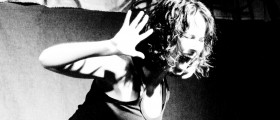



,-Asthma-And-Anxiety_f_280x120.jpg)

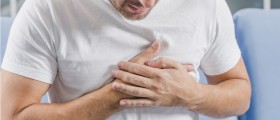


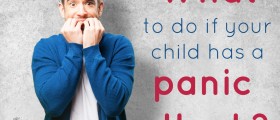



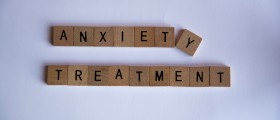
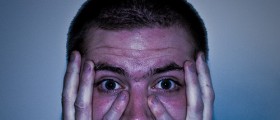
Your thoughts on this
Loading...